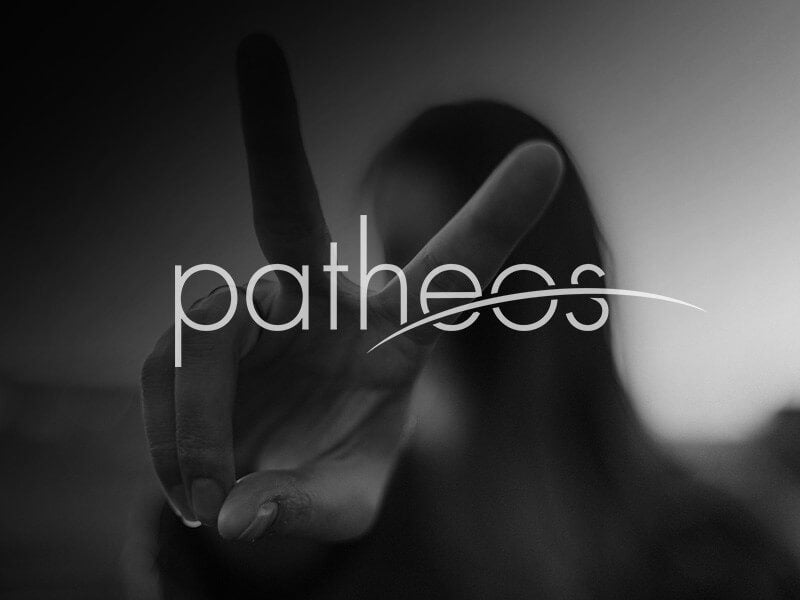Ernest Simmons’s The Entangled Trinity is an effort to work out the relation of theology and science through Trinitarian theology, and particularly through the concept of perichoresis, which leads into a panentheistic understanding of God’s relation to the world. He uses the metaphor of “complementarity” the quantum idea that what we find in phenomena depends on what we’re looking for and how we look. “Measurement (observation) determines whether we derive a wave or a particle” (152). This leads him to a... Read more
















